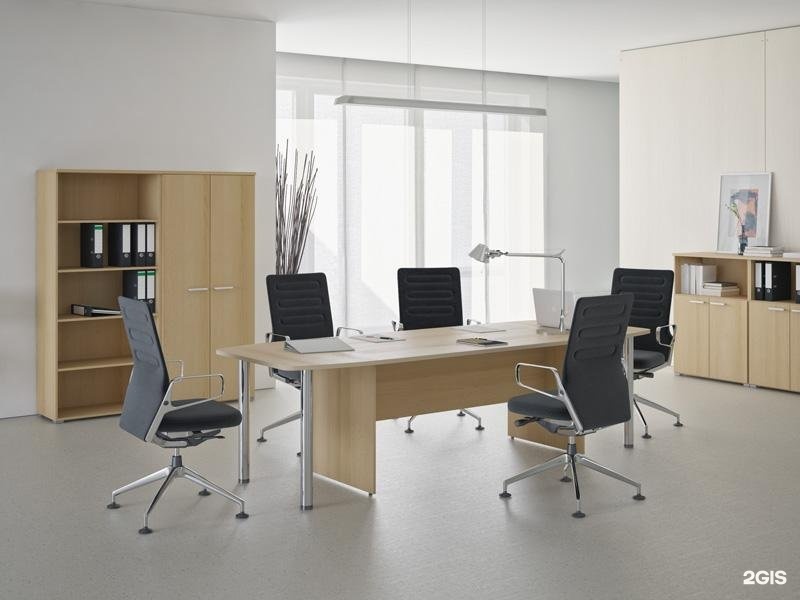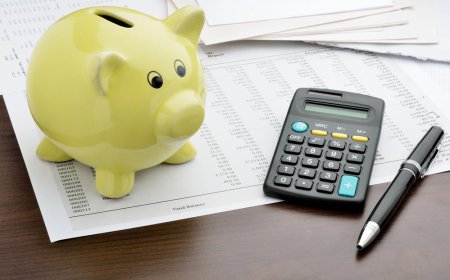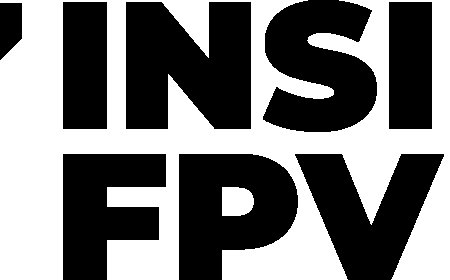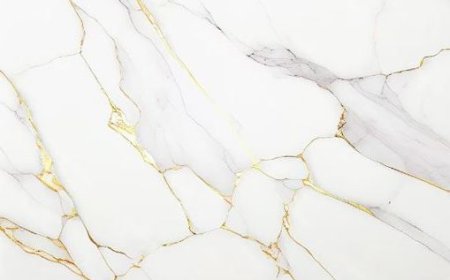Creating an Impactful Workspace with Modern Office Table Designs

In today's dynamic business environment, the design and functionality of an office play a significant role in promoting productivity, creativity, and employee satisfaction. One of the most essential elements that contribute to this environment is the office table. Modern office table designs are evolving rapidly, blending aesthetics with utility, and offering smart solutions for contemporary workspaces. Businesses today are prioritizing furniture that is not just ergonomic but also visually appealing and aligned with modern work habits. A well-designed table can influence posture, enhance focus, and improve collaboration. From minimalist styles to multi-functional pieces with integrated tech support, modern office tables cater to various needs in both traditional and hybrid workplaces. These new designs reflect not only a shift in work culture but also in employee expectations, where comfort, personalization, and design all play crucial roles.
Key Features of Contemporary Office Tables
Modern office table designs stand out due to their unique blend of form and function. Unlike conventional furniture, todays office tables often incorporate features such as adjustable heights, built-in cable management systems, integrated power outlets, and sleek minimalist aesthetics. The shift towards remote and flexible working has also influenced designs, with more focus on portability and modular construction. Some tables come with collapsible parts or foldable legs to accommodate home office settings. Additionally, the use of sustainable materials like bamboo, recycled wood, and metal frames reflects the growing emphasis on environmental responsibility. A high-quality office table today is no longer just a flat surface; it's a smart workspace solution that helps streamline tasks and increase efficiency.
Types of Modern Office Table Designs for Every Setting
There is a wide range of modern office table designs to suit different workplace needs. Executive tables are typically larger and more sophisticated, often with rich finishes and ample storage space, projecting a professional image suitable for managerial roles. Workstation desks, on the other hand, are streamlined and modular, designed to be scalable in open-office environments. For creative industries or startup spaces, standing desks and height-adjustable tables are gaining popularity due to their health benefits and flexibility. Collaborative desksusually circular or rectangular with shared spaceencourage teamwork and interaction. L-shaped and U-shaped tables are also trending for their ability to maximize space and provide multiple work zones within a single unit. These various designs ensure that every role and department within a company can find the perfect match to enhance their productivity and comfort.
Material and Finish Choices in Modern Designs
One of the defining aspects of modern office table designs is the innovative use of materials. Designers are increasingly experimenting with combinations like glass tops with metal legs, wood textures paired with polished aluminum, or even acrylic with concrete elements. Each material offers its own aesthetic and functional value. For example, wood continues to be a classic choice due to its warmth and durability, while glass provides a contemporary and clean look. Metal accents are often used to convey strength and stability, whereas high-pressure laminates provide durability and are easier to clean and maintain. Matte finishes and neutral colors dominate the design palette, as they align well with minimalist office aesthetics. However, vibrant accents or customized colors are also used to reflect brand identity or to energize specific departments such as creative teams or innovation labs.
Ergonomics and Functionality in Focus
While aesthetics play an important role, modern office table designs prioritize ergonomics more than ever. Health-conscious designs are no longer optional; they are a necessity in modern workplaces. Tables with adjustable heights allow users to alternate between sitting and standing, reducing the risk of back problems and increasing alertness. Some designs include curved or contoured edges to promote better hand positioning and posture. Cable trays and grommets for wire management keep the workspace tidy and safe. Additionally, drawer units, shelves, and cubby holes integrated into the table design help reduce clutter and promote better organization. Ergonomic office tables are particularly important for employees who spend long hours at their desks, and they significantly contribute to improved focus and reduced fatigue.
Customization and Smart Features
Customization is a key element in modern office table designs. Businesses today want furniture that can reflect their brand values, office culture, and functional needs. This demand has led to the rise of customizable tables where everything from size, shape, color, to material and additional features can be tailored to suit the companys requirements. Additionally, smart tables equipped with USB ports, wireless charging stations, LED lights, and even Bluetooth connectivity are becoming more common. Some high-end models even include touch screens and integrated controls for lighting and room temperature. These technological additions make the tables more than just furniturethey become productivity hubs that support the fast-paced nature of modern business operations.
Sustainable and Space-Saving Office Table Options
As companies grow more environmentally conscious, the demand for sustainable furniture is on the rise. Modern office table designs are now more likely to use eco-friendly materials and sustainable production methods. Reclaimed wood, bamboo, and recycled metal are becoming standard options. Modular and space-saving tables are also gaining traction, especially in urban office spaces where real estate is expensive. Foldable or stackable tables allow for efficient use of limited space without compromising on functionality or style. Wall-mounted tables, convertible desks, and nested units are great solutions for co-working spaces, home offices, or start-ups with limited room. These designs help maintain a clutter-free and organized work environment while supporting flexible work setups.
Why Design Matters in the Workplace
Good design is not just about looking attractive; its about creating an environment where employees feel inspired, focused, and comfortable. The office table plays a pivotal role in this setup. A poorly designed table can lead to discomfort, distractions, and even health issues, while a well-thought-out design promotes efficiency and well-being. Modern office table designs contribute to the aesthetics of the workspace while enhancing the functionality and collaboration of the team. When employees work in a visually pleasing and well-equipped environment, their overall productivity and job satisfaction are significantly higher. Thats why investing in high-quality, well-designed office tables is no longer a luxury but a strategic decision for forward-thinking organizations.
Conclusion: Choosing the Right Modern Office Table
Choosing the right office table requires a thoughtful approach that considers aesthetics, function, ergonomics, space, and company culture. With so many modern office table designs available in the market, its important to assess your needs and select the design that best fits your workspace environment. Whether its a sleek executive desk, a collaborative worktable, or a smart-tech-enabled station, todays office tables are built to enhance productivity and adapt to modern work styles. Brands like Office furniture provide a wide range of options that merge innovation with quality craftsmanship, offering designs that cater to the evolving demands of the workplace while ensuring style and durability.


































![Play99 Login & Registration Guide for Indian Users [2025 Update]](https://www.atlantanewsplus.com/uploads/images/202507/image_140x98_6870c1df7bfcd.jpg)